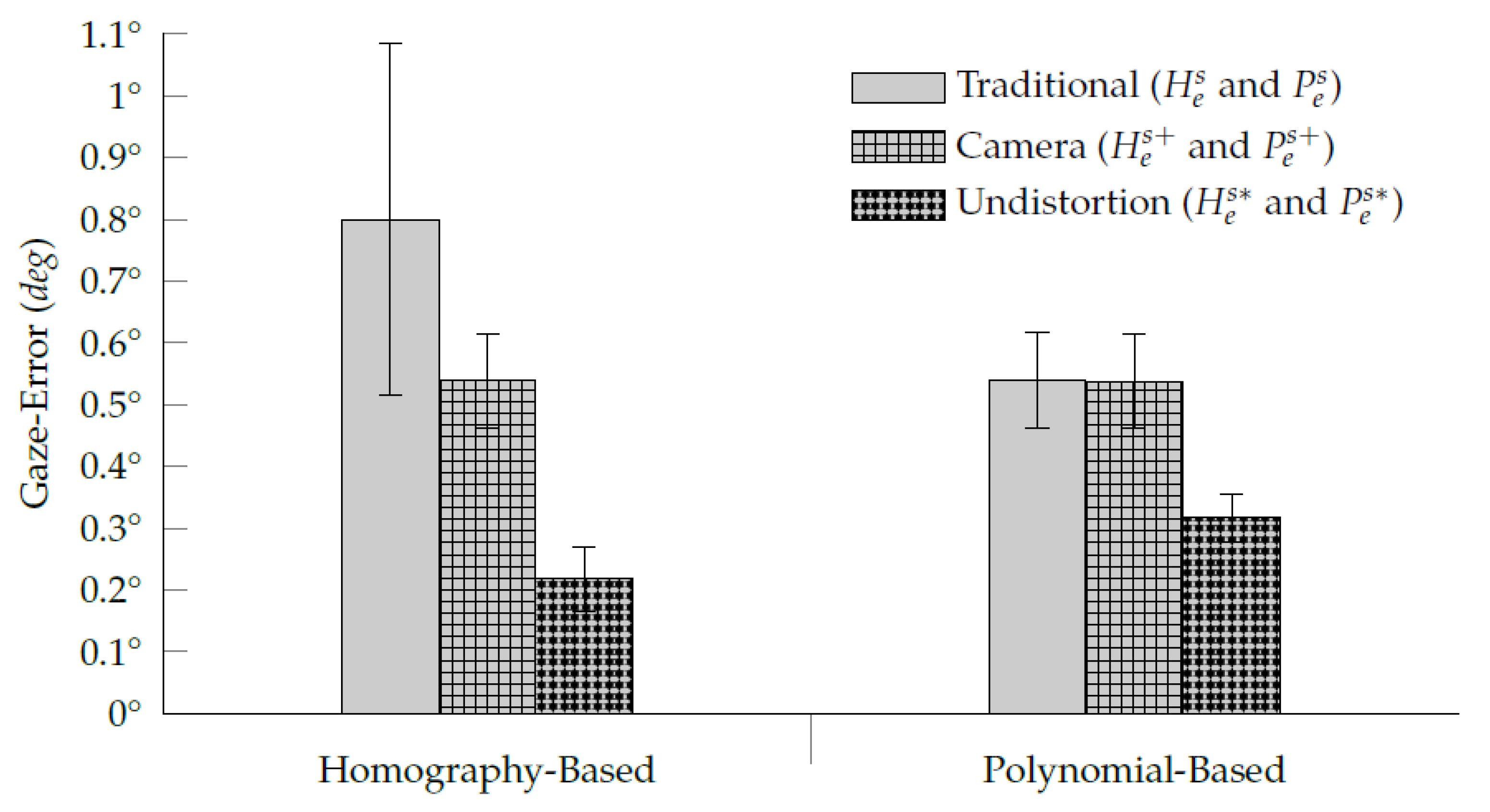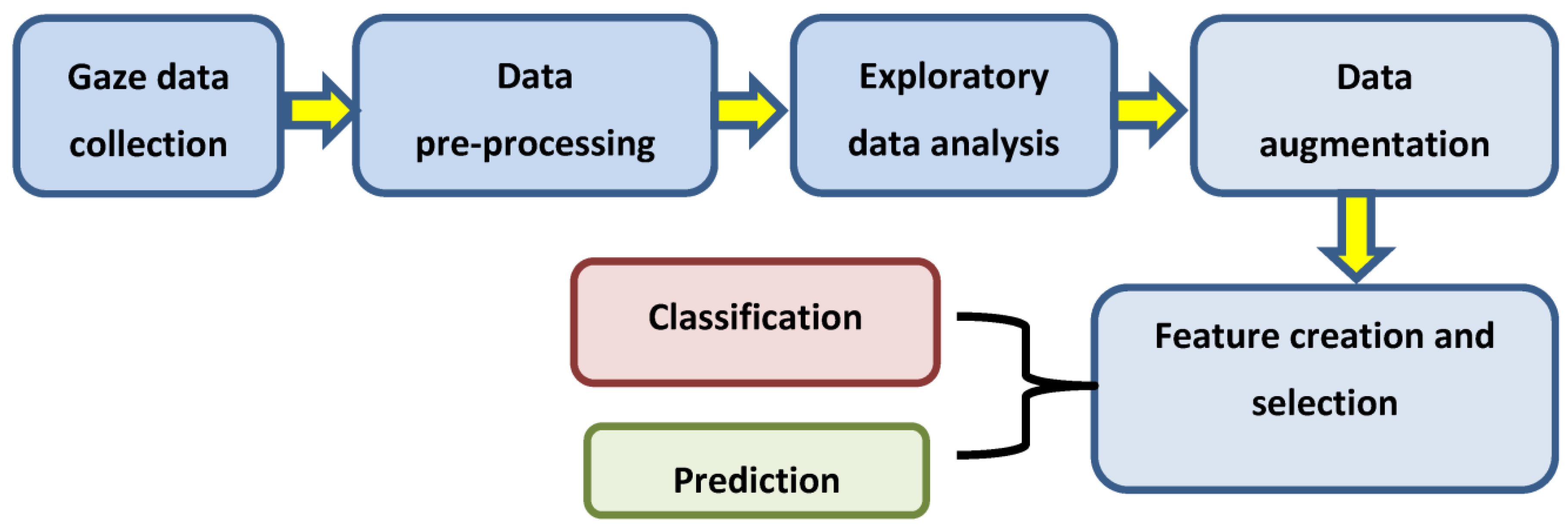
InstitutionName = 'Radboud University' cfg. %% this is an example with a short calibration recording % the same data is converted multiple times to demonstrate the directory layout and the participants cfg = cfg. tsv file for the continuous gaze and pupil diameter, and an _ events.

asc files and convert the data to a simple _ eyetracker. In the examples below we use data2bids to read the.

The gaze and/or pupil diameter are represented as continuous raw channels (accessible using ft_read_data and ft_preprocessing), the other information is represented as events (using ft_read_event and ft_definetrial). The ASCII format is still difficult to work with and represents a mixture of continuous gaze and pupil diameter parameters with discontinuous events, such as fixation, loss of tracking, etc.įieldTrip can read the EyeLink. exe that converts the data to ASCII format. The proprietary EyeLink edf format cannot be read in open source software, but SR Research provides a tool called edf2asc. This is not to be confused with the European Data Format () for EEG and other biological and physical signals. The SR Research EyeLink system records the data in a binary file with the extension. There is a draft BIDS extension proposal (BEP) to extend the specification with eye tracker data, you can find the discussion on google docs. We cannot provide examples for all of them, but in principle data from each system would be stored in the same standard BIDS representation, allowing it to be reused by others. There are numerous eye tracking systems, such as SR Research EyeLink, Tobii, EyeTech, GazePoint, SmartEye and Pupil Labs. In either case - your own analyses and the shared data would be based on the BIDS representation. If it is in the same format (which is not the case here), you could simply delete the original data after conversion. In general: if your original data is in a different format than the BIDS representation (e.g., DICOM instead of NIFTI, or the original binary data from the eye tracker software), you probably want to keep a copy of the original data as well, e.g., on a data acquisition collection on the Donders Repository. This way no information is lost and the conversion/reorganization is fully reproducible. According to the documentation the original data can be added to the BIDS dataset under the “sourcedata” directory and code can be added to the “code” directory. The reorganized data is under the “bids” directory. It also has a copy of the script to do the conversion under “code”. The examples includes the original log files under the “original” directory. All data for the following examples is available from our FTP server.


 0 kommentar(er)
0 kommentar(er)
